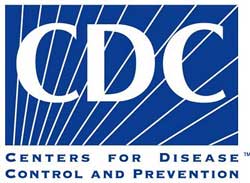 New food poisoning tests give faster results than old ones but don’t provide the level of detail necessary to track outbreaks, according to a new report from the Centers for Disease Control and Prevention (CDC). The agency is advising health labs to do the old tests whenever the a new one indicates a foodborne bacterial infection. Over the long-term, the CDC is working with partners to develop better testing methods that can provide results that are fast and detailed.
New food poisoning tests give faster results than old ones but don’t provide the level of detail necessary to track outbreaks, according to a new report from the Centers for Disease Control and Prevention (CDC). The agency is advising health labs to do the old tests whenever the a new one indicates a foodborne bacterial infection. Over the long-term, the CDC is working with partners to develop better testing methods that can provide results that are fast and detailed.
The new tests, called culture-independent diagnostic tests (CIDTs), can provide results in hours instead of the days needed for traditional culture tests which grow bacteria from stool samples to determine the cause of illness. The culture tests provide detailed information about the specific strain of bacteria. This information is key to solving outbreaks.
When patients with matching strains of a bacteria start pooping up, health officials can look at food histories and common exposures to narrow down the likely source. Without the specific strain information, people know they have a Salmonella/E. coli/Listeria infection but there is no way thread to connect them to the food that made them sick.
In 2015, the percentage of foodborne infections diagnosed only by CIDT was about double compared with the percentage in 2012-2014, according to the CDC. “Foodborne infections continue to be an important public health problem in the United States,” said Robert Tauxe, director of CDC’s Division of Foodborne, Waterborne and Environmental Diseases. “We are working with partners to make sure we still get important information about harmful bacteria despite the increasing use of diagnostic tests that don’t require a culture.”




